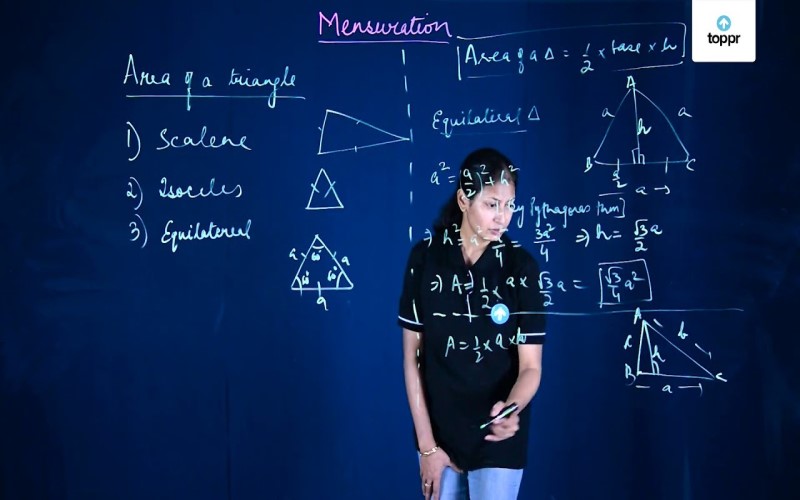Understanding and solving missing number series problems can be a game-changer for those preparing for competitive exams. These questions test analytical skills, logical reasoning, and pattern recognition. They might seem daunting at first, but with the right approach and practice, anyone can master them.
To excel in missing number series questions, it is essential to understand the various types of number series patterns and develop a strategic approach to identify and solve them quickly. In competitive exams, time is of the essence, and efficiency in solving these problems can significantly boost overall performance.
Different Types of Patterns
One of the first steps in mastering these problems is understanding the different patterns that can appear in the series. Common patterns include arithmetic sequences, geometric progressions, and more complex variations involving alternating or combined patterns.
Arithmetic sequences involve numbers increasing or decreasing by a constant value. For instance, in sequences 2, 5, 8, and 11, the pattern consists of adding 3 to each previous number. Recognizing this pattern can make identifying the missing value straightforward.
Geometric progressions, on the other hand, involve numbers multiplying or dividing by a constant factor. For example, in the series 3, 6, 12, and 24, each number is obtained by multiplying the previous one by 2. Spotting these patterns requires a different set of skills compared to arithmetic sequences.
Developing a Strategic Approach
A systematic approach to tackling these problems can make a significant difference. Start by carefully observing the given numbers and looking for any visible patterns. Consider the differences between consecutive numbers or if a multiplication or division pattern is evident.
Consider breaking the series into smaller parts if the pattern is not immediately obvious. This can sometimes reveal hidden patterns that are not apparent when viewing the series. Also, consider the possibility of alternating patterns or combined sequences that involve more than one rule.
Practice with Varied Examples
The key to mastering these questions lies in practice. Working through various examples can help understand the different types of patterns and develop a quick recognition ability. Online resources, practice books, and previous exam papers are excellent sources of varied examples.
When practicing, it is essential to time each session. This helps in building speed and efficiency, which are crucial during actual exams. Additionally, reviewing mistakes and understanding why a particular pattern was missed can provide valuable insights and improve problem-solving skills.
Using Logical Reasoning and Elimination
Logical reasoning plays an integral role in solving these problems. Often, multiple-choice options can provide clues, so if a pattern is not immediately clear, use the process of elimination to narrow down the possibilities. This involves eliminating options that do not fit the observed pattern, thereby increasing the chances of selecting the correct answer.
Another useful strategy is to consider the context of the problem. In some cases, the series might relate to real-world scenarios or follow logical sequences that are contextually relevant. Applying this understanding can make pattern recognition easier.
Maintaining a Positive Mindset
Lastly, maintaining a positive mindset is crucial. It is easy to get frustrated when a pattern is not immediately apparent. However, staying calm and approaching the problem methodically can make a significant difference. Always remember that practice and persistence are key to mastering any challenging topic. Building confidence through regular practice and developing a strong understanding of different patterns can help tackle these problems easily.
Practicing missing number series questions for competitive exams is essential because of its weightage in overall scores. Regular practice helps reduce the time required to solve problems. Also, appropriate technique usage and solving more questions can help solve missing number series easily in the real exam.

